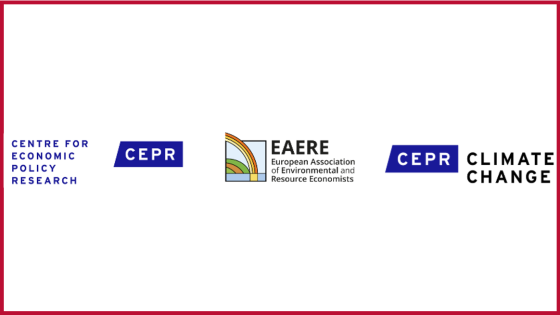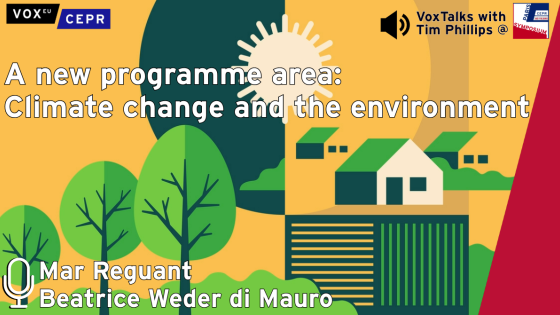DP15919 The cost-efficiency carbon pricing puzzle
Any global temperature target must be translated into an intertemporal carbon budget and its associated cost-efficient carbon price schedule. Under the Hotelling’s rule, the growth rate of this price should be equal to the interest rate. It is therefore a puzzle that cost-efficiency IAM models yield carbon prices that increase at an average real growth rate around 7% per year. This carbon pricing puzzle suggests that their abatement trajectories
are not intertemporally optimized, probably because of the political unacceptability of a high initial carbon price. Using an intertemporal asset pricing approach, I examine the impact of the uncertainties surrounding economic growth and abatement technologies on the dynamics of efficient carbon prices, interest rates and risk premia. I show that marginal abatement costs and aggregate consumption are positively correlated along the optimal abatement path, implying a positive carbon risk premium and an efficient growth rate of expected carbon prices larger than the interest rate. From this numerical exercise, I recommend a growth rate of expected carbon price around 3.75% per year (plus inflation). I also show that the rigid carbon budget approach to cost-efficiency carbon pricing implies a large uncertainty surrounding the future carbon prices that support this constraint. In this model, green investors are compensated for this risk by a large risk premium embedded in the growth rate of expected carbon prices, not by a collar on carbon prices as often recommended.



